flowering shrub for sometimes wet area
mickeddie
17 years ago
Related Stories
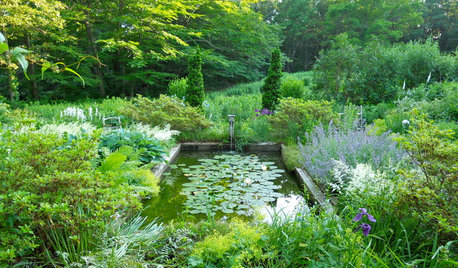
PLANTING IDEAS5 Reasons to Bring Shrubs Into the Flower Garden
Mix up the garden experience and let the flowers and shrubs play together
Full Story
GARDENING GUIDESHow to Prune Your Flowering Shrubs for the Best Blooms
Less is often more when it comes to properly pruning flowering shrubs. Here’s what to do and why
Full Story
GARDENING GUIDES8 Native Shrubs for Year-Round Bird Feeding
It’s not just about berries. These plants provide insects for birds and seasonal interest for gardeners
Full Story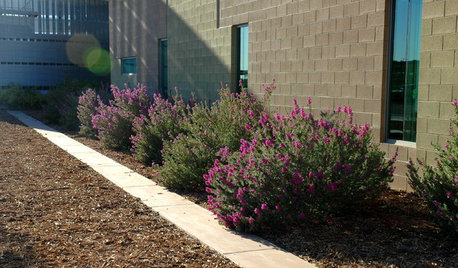
GARDENING GUIDESHow to Avoid Overcrowded, Overpruned Shrubs
Go for a more natural look that’s easier and less expensive to maintain by giving your plants the right amount of growing room
Full Story
GARDENING GUIDES10 Drought-Tolerant Shrubs That Thrive in Full Sun and Reflected Heat
Got a hot spot in your garden where plants often die? Try these tough shrubs that add beauty while shrugging off the heat
Full Story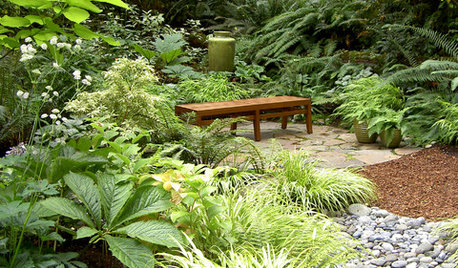
GARDENING GUIDESGreat Garden Combo: 6 Beautiful Plants for a Shady, Wet Site
Transform a shade garden with moisture-loving golden grasses, textural leaves and a sprinkling of flowers
Full Story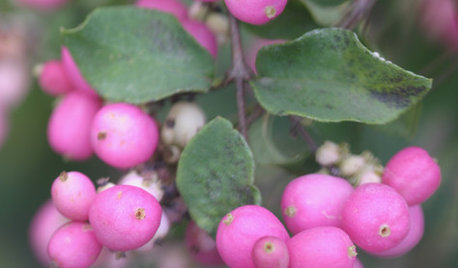
LANDSCAPE DESIGN5 Berry-licious Shrubs to Plant Now for Winter Interest
Showy color during snow season? You bet. These shrubs will wake up a garden with colorful berries when other plants are asleep
Full Story
TREESHow to Buy Healthy Trees and Shrubs
A healthy young plant with a strong form is more likely to do well in your yard. Here’s what to look for at the nursery
Full Story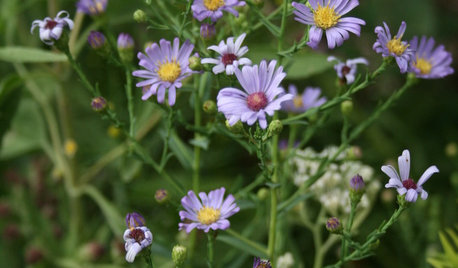
NATIVE PLANTSAutumn Joy: How to Get 3 Months of Fall Flowers
Enjoy blooms from September to November by mixing 6 asters native to different areas of the U.S.
Full Story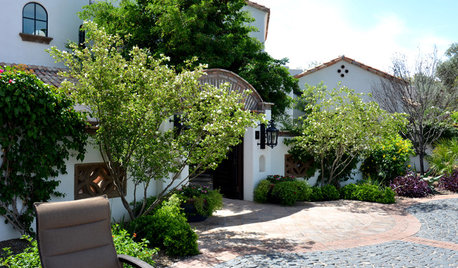
FLOWERS AND PLANTSBauhinia Lunarioides Perfumes the Garden With Its Fragrant Flowers
Bees and butterflies flock to this Texas shrub’s white and pink flowers in spring and summer
Full Story





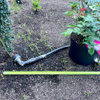
Iris GW
heptacodium
Related Professionals
Harrison Landscape Architects & Landscape Designers · Elgin Landscape Contractors · Barrington Landscape Contractors · Fridley Landscape Contractors · Harvey Landscape Contractors · Inglewood Landscape Contractors · New Braunfels Landscape Contractors · Newberg Landscape Contractors · Pueblo West Landscape Contractors · Tewksbury Landscape Contractors · Cutler Ridge Window Contractors · Matteson Window Contractors · Bear Driveway Installation & Maintenance · Rehoboth Driveway Installation & Maintenance · Diamond Bar Decks, Patios & Outdoor Enclosuresego45
mad_gallica (z5 Eastern NY)
katrina1
NHBabs z4b-5a NH
WendyB 5A/MA
joycenh
Embothrium